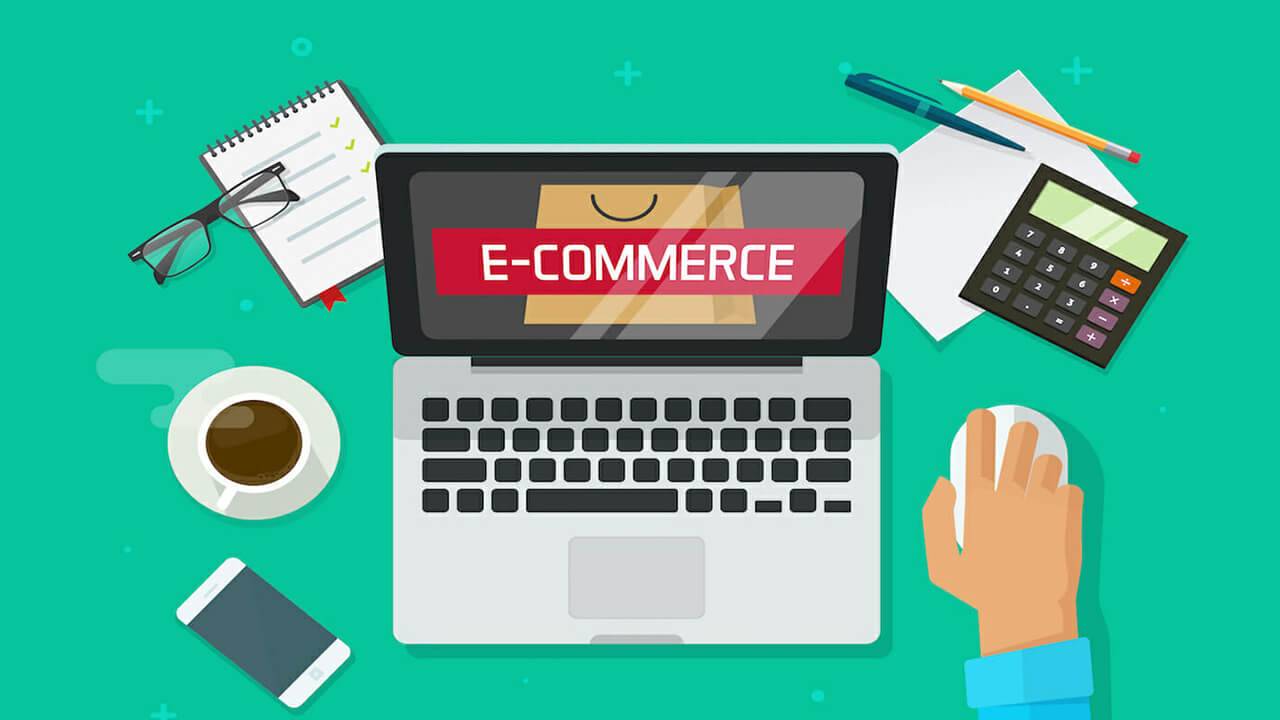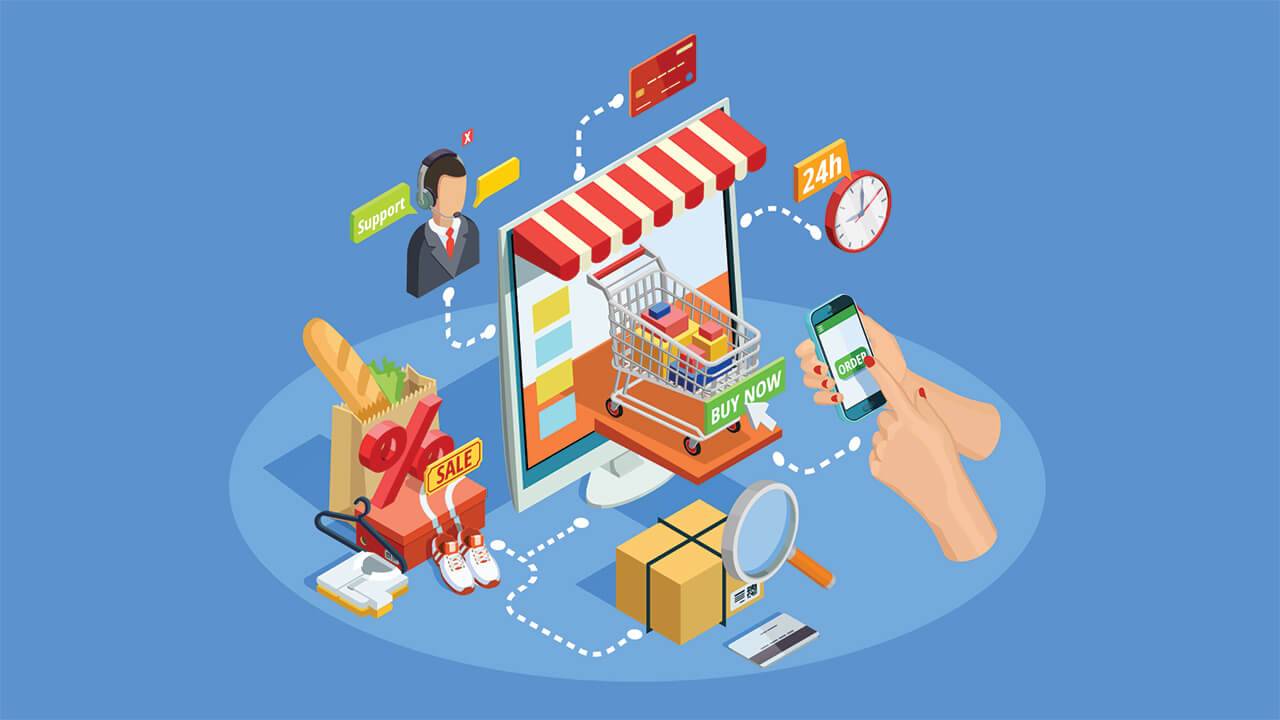Category Page SEO: How to Optimize Your E-Commerce Store’s Category Pages

Category pages are a valuable source of traffic for e-commerce stores. When optimized, they’ll rank high in the search results for broad and relevant keywords where they attract new shoppers. Shoppers may search for a type of product on Google or Bing, and upon discovering a category page for it, they’ll visit the e-commerce store to place an order.
Search engines, however, probably won’t rank your e-commerce store’s category pages very high unless you optimize them. They may index them, but high rankings require search engine optimization (SEO). Fortunately, category page SEO is easier than you may realize.
Create Stellar Titles
The titles of your e-commerce store’s category pages will affect their ability to rank. Moz claims they are the second-most impactful on-page ranking signal. Titles provide insight into the content featured on your e-commerce store’s category pages and, therefore, where they should rank.
Search engines will still analyze the content on a category page, but they’ll at the page’s title more closely to identify relevant keywords. Including a keyword in a category page’s title will generally help it rank for that keyword. Additionally, search engines show titles in the search results. By creating stellar titles, you can capture the attention of users while drawing them to your e-commerce store.
Using the meta title tag, you can define titles for category pages. Give each category page a unique meta title tag describing the type of product listings it features. Unlike with product pages, category page titles shouldn’t target highly specific keywords. Rather, they should target broad keywords that are relevant to all of their respective product listings.
Create Relevant Meta Descriptions
In addition to titles, you should create meta descriptions for your e-commerce store’s category pages. They may be less impactful than titles, but meta descriptions can affect a category page’s search engine visibility nonetheless. When search engines add a category page to their index, they may show its meta description below its title. These two meta elements will form the page’s organic listing.
You can create meta descriptions using the meta description tag. Giving a category page a relevant meta description tag will increase the quality of the traffic it generates. Shoppers looking to buy a specific product will see the category page’s relevant meta description, allowing you to capture them as a new customer.
Since it’s displayed in the search results, the meta description tag should tell potential shoppers what products are featured on the category page. You don’t have to mention brand names. Rather, write one or two sentences explaining the types of products shoppers can find on the category page and the benefits they offer.
If space persists — meta descriptions shouldn’t be longer than 160 characters — you can mention other key selling points as well, such as free shipping or free 30-day returns. These additional selling points will reinforce the value of your e-commerce store’s products.
Avoid Infinite Scrolling

Stay away from infinite scrolling when designing category pages. It’s not uncommon for category pages to include dozens or even hundreds of product listings. Rather than distributing these listings across multiple URLs, some webmasters use infinite scrolling.
Infinite scrolling allows for the use of a single URL for any given category page, regardless of how many product listings it has. The category page will display a fixed number of product listings initially, and when a shopper scrolls down, it will propagate with additional listings at the bottom.
While some shoppers don’t mind it, infinite scrolling is bad for SEO. Search engines can’t simulate scrolling actions when crawling websites. With infinite scrolling, they’ll only be able to see the product listings that initially load on the category page. All other product listings will go unnoticed, meaning search engines may not find them. And if they don’t find a product listing through other means, search engines won’t index it.
Canonicalize Paginated URLs
Without infinite scrolling, your e-commerce store’s category pages will likely be spread across multiple URLs. Each category page will have a base URL, followed by one or more paginated URLs. A category page’s base URL may consist of example.com/category-page, whereas its paginated URLs may consist of example.com/category-name/page-2 and example.com/category-name/page-3.
You should canonicalize these paginated URLs to prevent search engines from indexing them. A category page’s paginated URLs will target the same keywords as its base URL. The only difference is that each URL will display a different set of product listings. Because they target the same keywords, search engines typically won’t add all of the URLs to their index. They’ll choose a single URL for each category page to include in their index, which could be a paginated URL.
Canonicalization gives you control over which URLs search engines add to their index. You can create a canonical tag on each paginated URL that directs search engines to the category page’s base URL. When they see a canonical tag, search engines will index the tag’s referenced URL.
Add Relevant Text
On your e-commerce store’s category pages, add a section of relevant text. Category pages consisting entirely of product listings aren’t very SEO friendly. Most product listings feature the product’s name, price and a thumbnail. As a result, they don’t offer much content for search engines to crawl.
You can add relevant text either to the top or bottom of a category page. Adding a section of relevant text to a category page will give it more stuff for search engines to crawl. If it’s a category page for coffee tables, for example, consider adding a few paragraphs about choosing a coffee table. You can tell shoppers the different materials in which coffee tables are made, how to choose the right size, color options and more.
Ranking category pages takes time. Even after optimizing their titles, meta descriptions, navigation and content, search engines may initially rank them below your competitors’ pages. If your category pages are more relevant and provide a better user experience, however, their search rankings should gradually increase.










